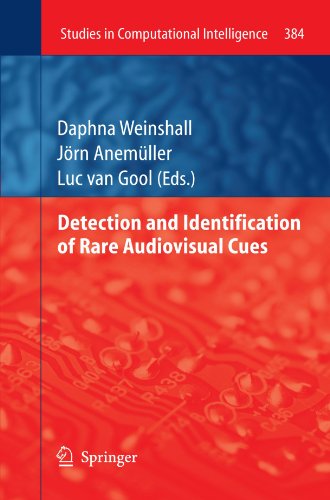

Most ebook files are in PDF format, so you can easily read them using various software such as Foxit Reader or directly on the Google Chrome browser.
Some ebook files are released by publishers in other formats such as .awz, .mobi, .epub, .fb2, etc. You may need to install specific software to read these formats on mobile/PC, such as Calibre.
Please read the tutorial at this link: https://ebookbell.com/faq
We offer FREE conversion to the popular formats you request; however, this may take some time. Therefore, right after payment, please email us, and we will try to provide the service as quickly as possible.
For some exceptional file formats or broken links (if any), please refrain from opening any disputes. Instead, email us first, and we will try to assist within a maximum of 6 hours.
EbookBell Team

5.0
110 reviewsMachine learning builds models of the world using training data from the application domain and prior knowledge about the problem. The models are later applied to future data in order to estimate the current state of the world. An implied assumption is that the future is stochastically similar to the past. The approach fails when the system encounters situations that are not anticipated from the past experience. In contrast, successful natural organisms identify new unanticipated stimuli and situations and frequently generate appropriate responses.
The observation described above lead to the initiation of the DIRAC EC project in 2006. In 2010 a workshop was held, aimed to bring together researchers and students from different disciplines in order to present and discuss new approaches for identifying and reacting to unexpected events in information-rich environments. This book includes a summary of the achievements of the DIRAC project in chapter 1, and a collection of the papers presented in this workshop in the remaining parts.